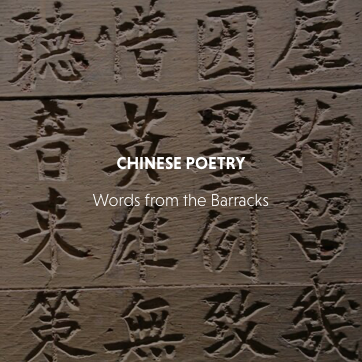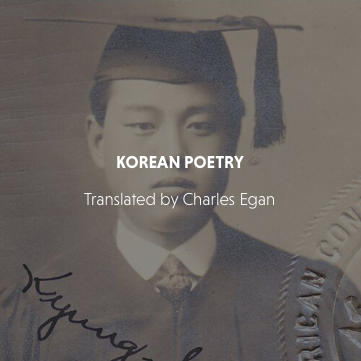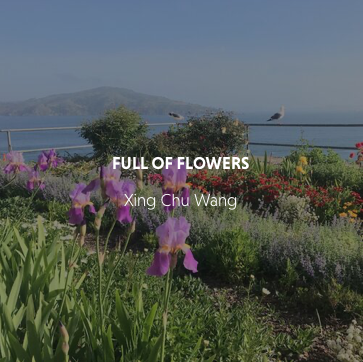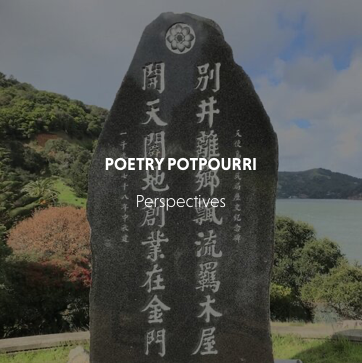100 Years Ago / Writing on the Walls
From the time the Immigration Station opened, the walls of the detention barracks became the voice of the detained men held inside. Through frustration, fear, anxiety, and possibly even boredom, many detainees wrote or carved their thoughts into the soft wooden walls. These inscriptions, for the most part, were written as classical Chinese poems and expressed the inner thoughts of those held inside. Some of the poems were quite sophisticated, some were copies of classical poems, while others were fairly simple and crude. Collectively though, they form a very personal written account of a unique immigration experience that is now a part of our American heritage. The proliferation of Chinese inscriptions undoubtedly led other immigrants to leave comments on the walls themselves. Though no other detained group left poetic verse.
Officials labeled the poetry as graffiti and painted over them. For the next twenty-plus years, writing and carving continued, with immigration staff applying putty and paint year after year. This obliterated many of the poems and left most fairly illegible. However, it also acted as sealers that helped preserve the carved wood from further deterioration.
50 Years Ago / Rediscovering the Poetry
Alexander Weiss, 1973
In May 1970, demolition plans were well underway for the deteriorating Immigration Station. Although the barracks were off-limits to the public, park ranger Alexander Weiss entered the darkened building with his flashlight. He was surprised to find Chinese calligraphy carved into most the walls. Although he wasn’t able to read the writing, Weiss recognized the inscriptions were culturally and historically significant.
“I looked around and shined my flashlight up and I could see that the entire walls were covered with calligraphy, and that was what blew me away.”
- Alexander Weiss
Defying orders to ignore the graffiti, Weiss reached out to his San Francisco State professor George Araki about the inscriptions. Araki urged Mak Takahashi to visit Angel Island and photograph the walls before the building was demolished. From that moment, the movement to save the Immigration Station was born. Spearheaded by Paul Chow, a civil engineer with the Department of Transportation, a committee was formed to save the site and its poetry.
Historians Him Mark Lai and Judy Yung, aided by poet Genny Lim, began to translate the barracks’ poetry from Takahashi’s photographs, manuscripts of former detainees Smiley Jann and Tet Yee, and individual rubbings provided by the Chinese community. By 1982, they published 135 translated poems in Island, Poetry and History of Chinese Immigrants on Angel Island, 1910-1940. Since its publication, Island has served as the de facto "bible" for the poetry of the Immigration Station.
20 Years Ago / A New Chapter Begins
Thanks to the discovery of Chinese poetry at the site and advocacy on behalf of AIISF, the Immigration Station was granted National Historic Landmark status in 1997. Five years later, a master plan was developed to guide restoration efforts for the station. Feasibility studies and initial conservation reports led to the conclusion there were many more poems and inscriptions on the barracks walls than were contained in the book Island.
In 2002, Charles Egan, Wan Liu, Newton Liu, and Xing Chu Wang were sent to survey every inch of the barracks walls. The process to identify and read the poems and inscriptions took five months to complete. Any poem not found in the book Island were translated as much as possible, or as much as could be seen.
The results were then mapped onto drawings of each wall and color-coded by ethnicity and type of inscription. At the end of the study, the consultants had found and translated an additional 85 poems that were not previously published in Island.
Angel Island Summer / Alexander Weiss
at midnight
in full spotlight
of a marble-smooth moon
a fanfare of dark horns
brings the fog dancing slowly
past the shores of the island
like some soft ballet
or grey parade of flowing form
that obscures the brittle neon
of the many motionless monsters
entrenched across the bayi fade to sleep
then wake to a dazzle of early sun
revealing
there where the fog had been
a flop of quiet harbor seals
drying themselves to shades of tan
at ease upon an island rock
like mounds of aging guano
left by still-remembered pelicans
that also once came here

















